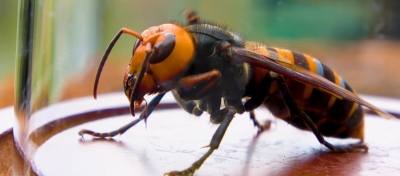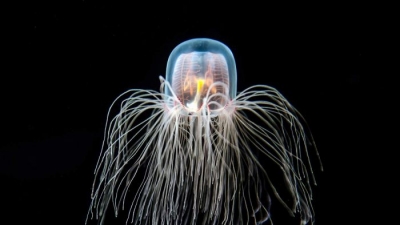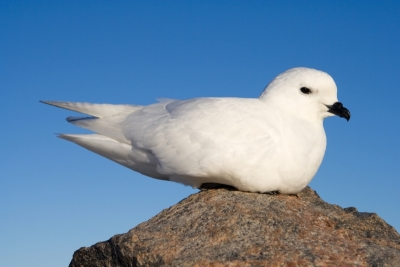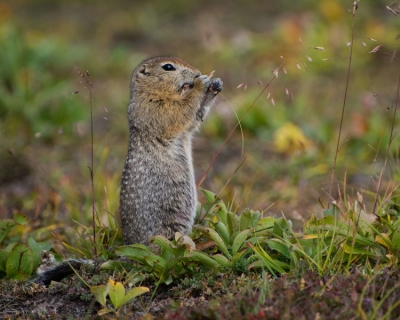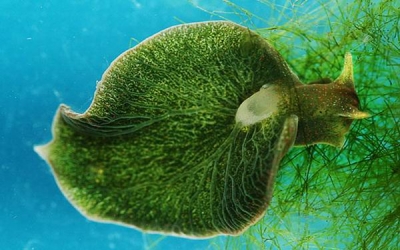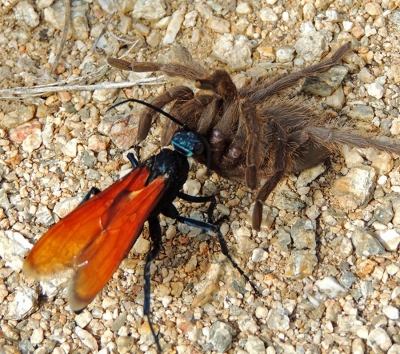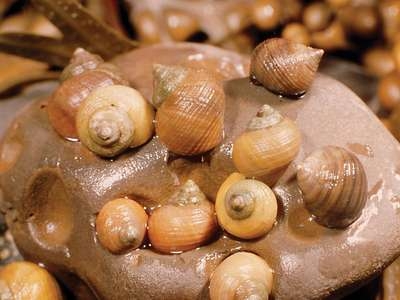
For many people, pets are more than just pets, they are a part of the family. But just like other members of your family, pets can also infect us with germs.
Yes, we should all love our pet dog, cat, parrot, rabbit or whatever, but we also need to remember that our pets can also make us sick. We need to be enlightened to this fact, so that we can take the right precautions and ensure that our pets as well ourselves stay healthy.
Rabies: The WHO tells us that out of 59,000 rabies deaths worldwide, approximately 50% are from India. Rabies is a killer disease that has no cure.
If you have a pet dog, ensure that it gets its anti-rabies vaccine shots on time, and keep it away from stray animals. Rabies is also called 'hydrophobia' because the affected animal develops a fear of water.
Prevention: If your dog bites you, ensure that you wash the bitten area with soap under running water, and apply a disinfectant. Then immediately consult your doctor. Similarly, if your pet is bitten by a stray, consult your vet immediately.
Leptospirosis: Pet owners should also vaccinate their dogs against leptospirosis. This highly infectious disease is spread through the urine of infected animals and can survive in water or soil for a long time. These bacteria can enter your body through broken skin, an open cut or wound, or through your eyes, nose or mouth. Symptoms include chills, sore throat, cough and redness of the eyes.
Prevention: Always wash your hands and feet, and your pet's paws thoroughly after taking them for a walk. Since this disease spreads more during the monsoon, it would be wise to invest in gumboots for your pet.
Toxoplasmosis: You can be infected by this disease simply by cleaning your cat's litter box or by touching soil where your cat may have defecated.
Symptoms are similar to the common flu, where you feel tired, feverish and your body aches. Pregnant women need to take extreme care as this disease can also infect the foetus and cause a miscarriage.
Prevention: Always use gloves while cleaning your cat's litter box. Also always wash your hands thoroughly with soap after handling a cat's litter box/or after doing any gardening.
Capnocytophaga or 'Cat Scratch Disease': The bacteria called Capnocytophaga are found in the nails of cats. People who become infected normally experience diarrhoea, fever, vomiting, headache, and muscle pain.
People can become infected if they are scratched or bitten by a cat, or if a cat licks an open wound on their body. Symptoms include infection at the wound site, fever, headache, poor appetite, exhaustion and swollen lymph nodes.
Prevention: Wash the cat bite or scratch under running water with soap and then apply a disinfectant. Also, do not let a cat lick an open wound or cut.
Ringworm: Contact with the fungus that causes ringworm will cause it to take root in your skin. It is called ringworm because it can cause an itchy, red, circular rash. This fungus can live and thrive on bedding or towels used for your pets. Apart from adult pets, puppies and kittens are more likely to develop and transmit ringworm. The rash that it causes isn't serious, although it may cause you severe itchiness.
Prevention: A simple antifungal cream should help you get rid of it. But if it persists, then please see your doctor.
Psittacosis: Also known as 'parrot fever', this is a zoonotic infectious disease caused by a bacterium, contracted by inhaling the dried secretions from infected birds such as parrots or other pet birds. It can also be contacted through pigeons, sparrows, ducks or hens. Symptoms include headache, breathlessness, fever and a cough.
Prevention: Always use a mask and gloves while cleaning out your bird cages. Any pet bird showing signs of illness should be taken to the vet immediately.
If your symptoms do not go away in a few days always consult your doctor.
Love your pet... but take care they don't make you sick!
Credit : Noel Keymer (The Teenager Today)
Picture Credit : Google

